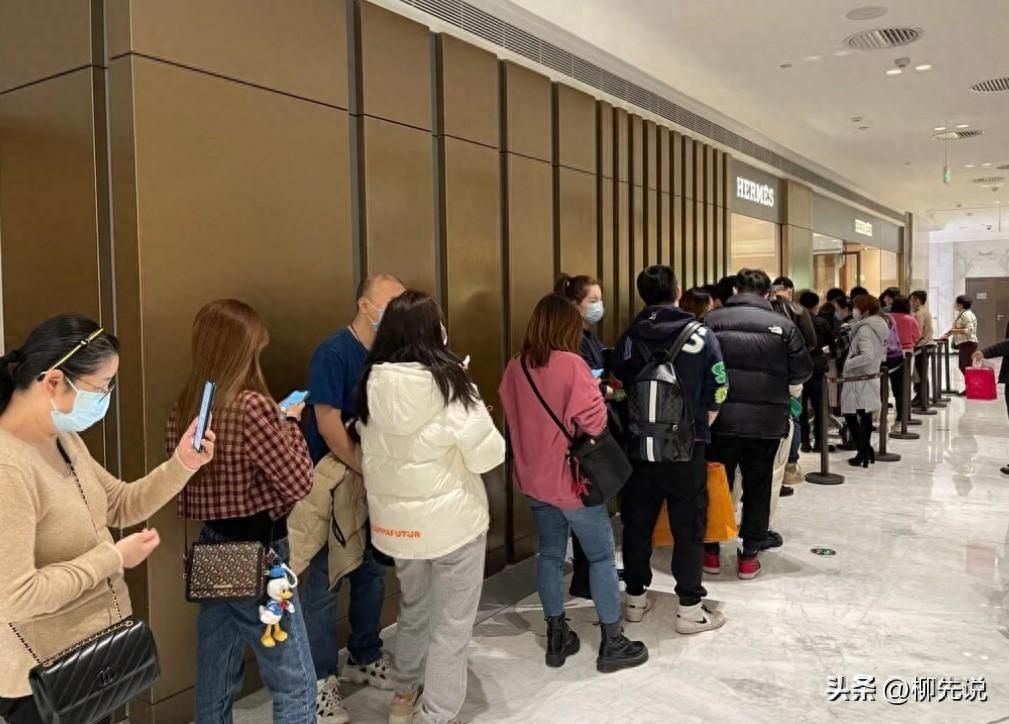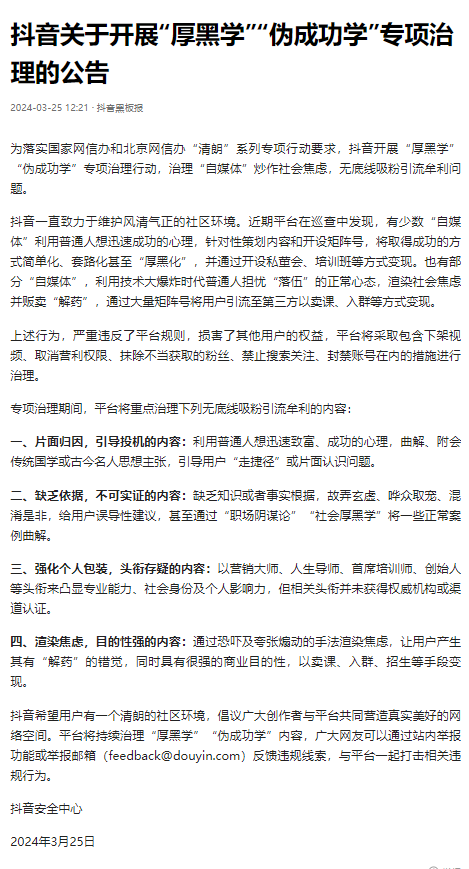Carrier-User Trust Deficit and Strategies for Reshaping User Experience
In today's highly competitive telecommunications market, carriers are increasingly focused on acquiring new users with attractive promotional plans, often neglecting the needs of their long-term, loyal customers. This has led to a trust deficit that has resulted in churn and damaged brand reputation




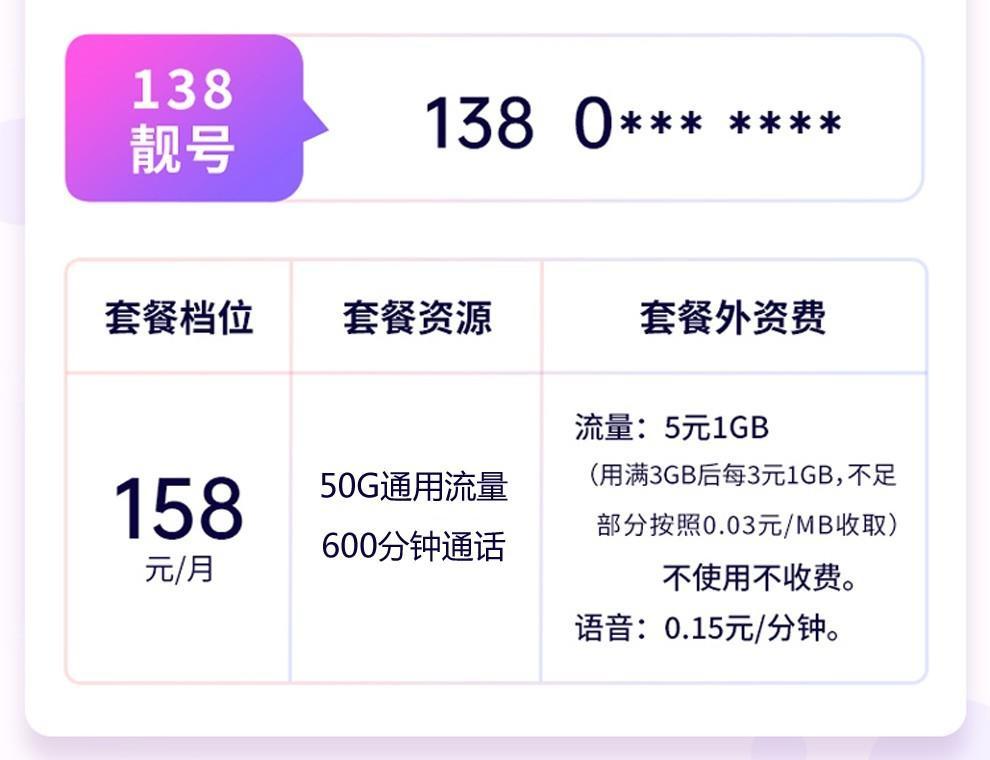

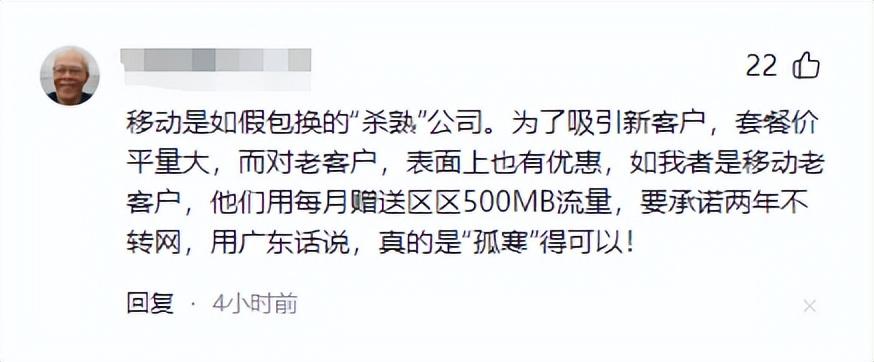





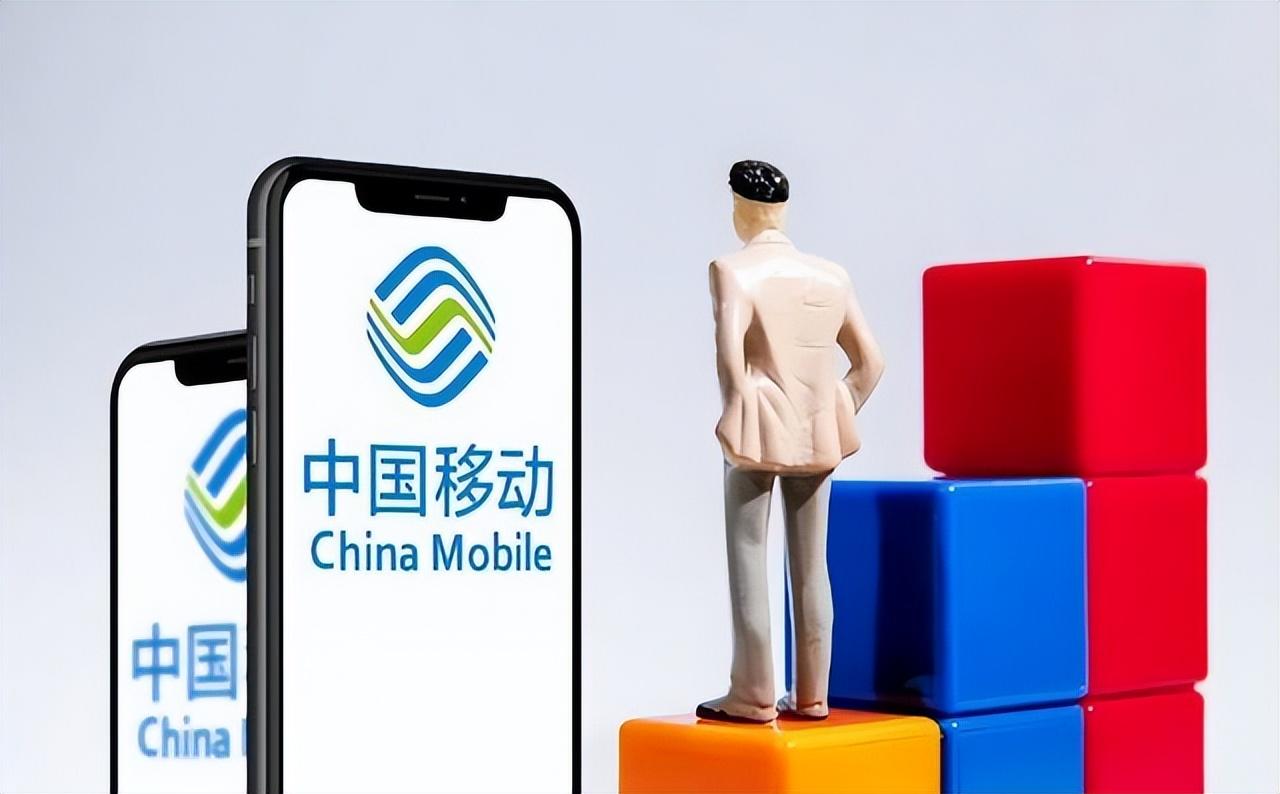
In today's highly competitive telecommunications market, carriers are increasingly focused on acquiring new users with attractive promotional plans, often neglecting the needs of their long-term, loyal customers. This has led to a trust deficit that has resulted in churn and damaged brand reputation. This paper examines how carriers can rebuild trust with their existing user base, enhance the user experience, and outlines actionable strategies to achieve these objectives.
Root Causes of Trust Deficit: Disregard for Legacy Users
As their user base grows, carriers have begun to alienate their legacy customers, prioritizing the acquisition of new ones. They have introduced low-cost, promotional plans while failing to adequately reward their long-standing, loyal customers. These "rip-off" practices have eroded the emotional bond between carriers and their customers, sowing the seeds of a trust deficit.
Strategies to Rebuild Trust
1. Prioritize Legacy User Rights, Build Brand Credibility
Carriers must lead the industry towards greater transparency and fairness. They should enhance policy clarity, disclose details of existing promotions, address user concerns about perceived unfair treatment, and alleviate dissatisfaction among legacy users. Additionally, they should introduce tailored promotional plans that cater to the needs of legacy users, offering customized voice/data bundles and value-added services or exclusive benefits.
2. Enhance Experience Design, Increase Customer Loyalty
User experience is a key barometer of the quality of a carrier's service. Carriers must adapt to changing user needs and preferences by optimizing their service design. For their legacy user base, they should improve service channels, offer dedicated green service lanes, and streamline business processes to enhance service efficiency.
3. Innovate Service Offerings, Boost Brand Affinity
Legacy user groups are not only a valuable asset for carriers but also crucial for a smooth transition to the 5G era. Carriers must evolve beyond their traditional role as telecommunications providers and develop innovative, value-added services for their elderly user base, thereby enhancing brand affinity. This could include introducing localized service content, leveraging IoT and big data capabilities, and designing smart devices and applications specifically tailored to the needs of seniors.
Rethinking Carrier Approach, Collaborating with Legacy Users
Senior citizens were once a primary driver of carrier business growth, contributing significantly to their profits. However, with the advent of 4G and the increasing adoption of smart devices, they have been gradually marginalized. Carriers should abandon their myopic focus on chasing fashionable trends and return to their core mission of providing tangible benefits to the general population.
Addressing the trust deficit with legacy users is a critical challenge for carriers. Carriers must fundamentally shift their perception of the elderly demographic, embracing them, respecting their needs, and tailoring services to meet their specific requirements. Only by establishing genuine emotional connections with their legacy users and demonstrating their commitment to social responsibility and inclusivity can carriers regain the trust and respect of their customers, ensuring their own long-term growth and earning the recognition of society as a whole.
Disclaimer: The content of this article is sourced from the internet. The copyright of the text, images, and other materials belongs to the original author. The platform reprints the materials for the purpose of conveying more information. The content of the article is for reference and learning only, and should not be used for commercial purposes. If it infringes on your legitimate rights and interests, please contact us promptly and we will handle it as soon as possible! We respect copyright and are committed to protecting it. Thank you for sharing.(Email:[email protected])






